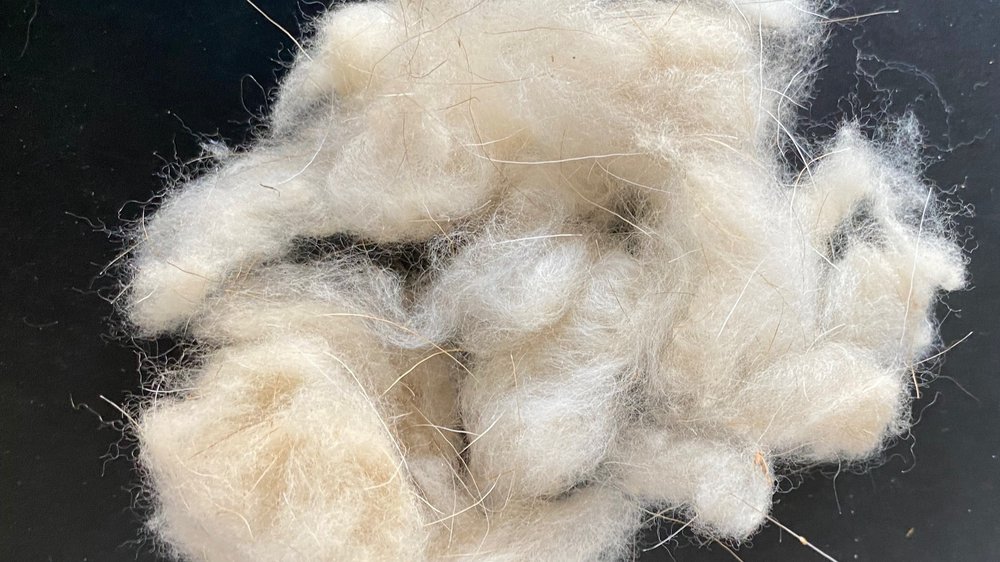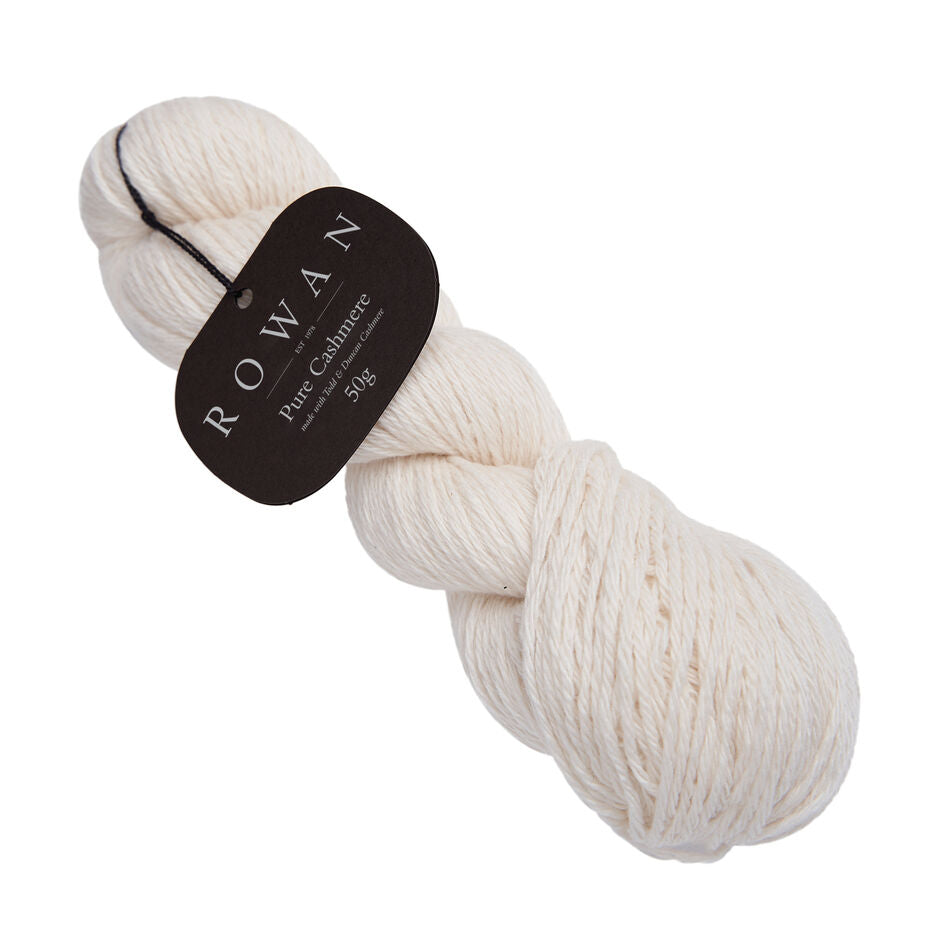The History and Benefits of cashmere in Creating Luxurious Clothing
The History and Benefits of cashmere in Creating Luxurious Clothing
Blog Article
Recognizing the Various Kinds Of Cashmere an All-natural Fiber and Their Special Advantages

The Origins of Cashmere: A Historic Introduction
While the glamorous touch of cashmere continues to appeal modern-day consumers, its beginnings trace back to the extreme, cool climates of Mongolia and the Himalayas. For centuries, the indigenous individuals of these regions have been elevating Capra Hircus goats, the prime source of cashmere wool. These goats, durable versus the extreme winter seasons, expanded a great undercoat to endure, which later became referred to as cashmere. The name itself pays tribute to Kashmir, an area in India where the woollen was initially processed. Much of the early cashmere trade path was promoted by the Silk Roadway, connecting Asia with the Middle East and Europe. In spite of its international spread, the finest cashmere is still thought to stem from the initial areas of Mongolia and the Mountain Ranges.

The Manufacturing Process: From Goat to Garment
Shearing a Capra Hircus goat notes the beginning of the elaborate cashmere production procedure. The resultant raw cashmere is after that cleaned to get rid of impurities such as veggie, dust, and oil issue.
The clean fiber goes through coloring, spinning, and weaving, or knitting, to transform it into a material. Facility procedures like quality assurance checks and completing processes comply with, guaranteeing the end product maintains the glamorous requirement expected of cashmere. This painstaking process, from goat to garment, warrants the high price affixed to cashmere items, making them an icon of deluxe and improvement.
The Numerous Kinds Of Cashmere: An Extensive Analysis

The Distinct Advantages of Cashmere: Comfort and Sustainability
Relocating from the range of cashmere kinds to the benefits they provide, comfort and sustainability stand out prominently. Cashmere, a natural fiber, is renowned for its unequaled soft qualities, supplying a degree of comfort that synthetic fibers can't match.
When it comes to sustainability, cashmere is eco-friendly and eco-friendly, as it's collected from cashmere goats that regrow their coats yearly. what is cashmere. Unlike synthetic fibers which can take centuries to decay, cashmere's effect on the atmosphere is minimal. This combination of convenience and sustainability makes cashmere a valuable selection for mindful see page consumers

Caring for Your Cashmere: Upkeep and Conservation Tips
While cashmere useful site is most certainly a lasting and extravagant option, it requires certain care to keep its quality and expand its life expectancy. To begin, cashmere should be hand cleaned utilizing cold water and a moderate detergent. Prevent twisting or wringing the garment as it can damage the fibers. Rather, delicately eject excess water and lay it level on a towel to dry. Furthermore, cashmere products should be kept in a awesome and completely dry location, far from straight sunlight and moisture. Using moth repellents can protect these garments from prospective damages. Lastly, it's suggested to stay clear of hanging cashmere to stop extending. Instead, fold and store them effectively to maintain their shape and quality gradually.
Buying Cashmere: Understanding Its Worth and Well Worth
Although cashmere might originally look like a pricey financial investment, its long-lasting value and worth become apparent when you consider its amazing qualities. Known for its unrivaled softness and heat, cashmere is a costs all-natural fiber that outshines other products. Its high demand and limited supply contribute to its high rate, yet its toughness guarantees it lasts for several years, supplying exceptional value for money. Cashmere items are ageless, typically ending up being heirlooms gave with generations. what is cashmere. Its natural protecting residential properties offer warmth without the mass of synthetic fibers. Purchasing cashmere, as a result, is not almost present style patterns, yet regarding embracing a lasting, long-lasting, and lavish way of life.
Verdict
In summary, the type of cashmere one chooses, be it Mongolian, Chinese, or Italian, is dictated by specific choices for heat, budget, luxury, and sustainability. Comprehending the origins, production procedure, and special advantages of various types of cashmere can direct consumers in their financial investment in this luxurious all-natural fiber.
Whether it's the exceptional heat of Mongolian cashmere, the cost of Chinese cashmere, or the eco-conscious production of Italian cashmere, there's a tale to be found behind each fiber type. Cashmere, an all-natural fiber, is renowned for its unmatched gentleness, offering a level of you can check here convenience that synthetic fibers can't match.When it comes to sustainability, cashmere is eco-friendly and naturally degradable, as it's harvested from cashmere goats that regrow their coats annually. Recognized for its exceptional softness and heat, cashmere is a premium all-natural fiber that surpasses various other materials. Recognizing the origins, manufacturing process, and one-of-a-kind benefits of various types of cashmere can assist consumers in their financial investment in this elegant all-natural fiber.
Report this page